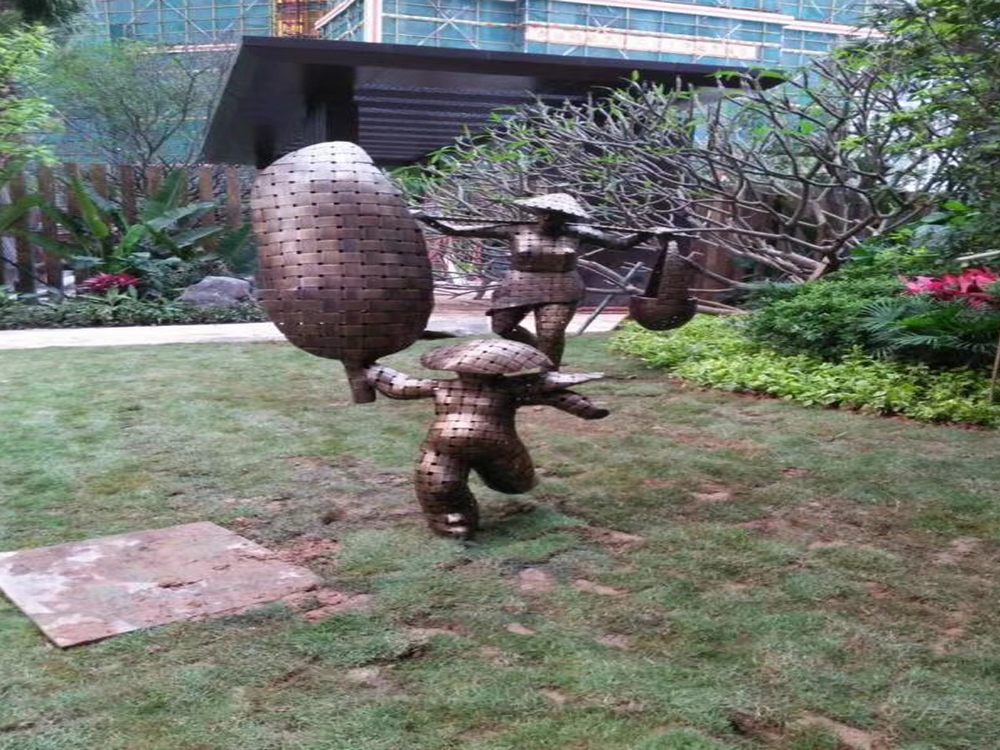
Artists have long mastered the ability to transform cold, hard stone into surfaces that appear irresistibly soft to the touch. This remarkable illusion is achieved through a combination of meticulous craftsmanship, scientific understanding of light, and psychological perception.
The process begins with selecting the right stone. Marble, alabaster, and certain types of limestone are favored for their fine grain and ability to take a high polish. The artist carefully studies the stone's natural veining and works with these patterns rather than against them.
Precision polishing is key. Using progressively finer abrasives - from coarse grits to powders as fine as talc - the surface is smoothed to near perfection. The final polish creates a surface so smooth that light reflects uniformly, eliminating visual "noise" that might suggest hardness.
Strategic contouring enhances the effect. Gentle curves and subtle transitions trick the eye into perceiving pliability. Areas that would naturally compress if soft (like where fingers might press into flesh) are slightly recessed, while surrounding areas bulge slightly.
Light manipulation plays a crucial role. A perfectly polished surface reflects light evenly, creating the visual equivalent of smooth skin. Artists often position light sources to create soft gradients rather than harsh reflections, mimicking how light interacts with organic materials.
The illusion is completed by our brain's tendency to associate certain visual cues with softness. A flawless, reflective surface triggers associations with moist, living tissue rather than dry, hard stone. This psychological component makes the illusion remarkably convincing.
Contemporary sculptors continue to refine these techniques, sometimes incorporating modern polishing compounds and lighting effects to push the boundaries of this ancient art form. The result is stone that appears to yield to touch, frozen in a moment of perfect softness.

